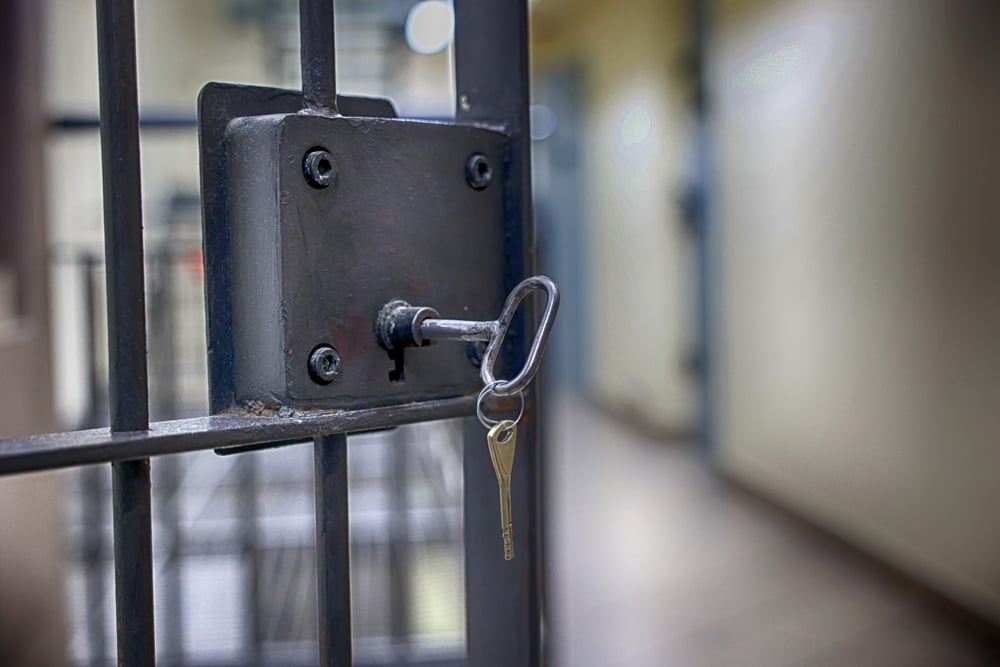In medical school, we are taught that the well-being of the patient is our highest priority. This principle is central to our training, constantly reinforced through lectures, simulations, and clinical experiences. However, this notion was challenged in an unexpected way when I found myself caring for an incarcerated patient.
The start of the interaction was unsettling. As I approached the patient’s room, I hesitated, unsure of how to proceed. Should I introduce myself as I normally would, or should I go straight to the medical interview? This seemingly minor dilemma revealed an uncomfortable truth: I had already begun to view the patient differently because of his status as an inmate. I questioned how to approach him, how to perform the physical exam, and whether I should adjust my demeanor based on the context. I realized that I had unconsciously stigmatized his symptoms, letting his status influence my perception of his health.
The room I saw him in was starkly different from what I was used to in other clinical settings—poor lighting, a small television, and minimal privacy, as the patient shared the space with another inmate. This setting further reinforced that the prison population was treated differently: distrust and suspicion complicated communication, hindering the patient-doctor relationship. As our conversation ensued, I learned more about the patient’s chest pain and accompanying shortness of breath due to underlying coronary artery disease. I felt jolted with a sense of compassion as I saw the pain in his eyes. He was suddenly no longer a prisoner, but simply a human being. Indeed, he likely made unsound decisions in the past, but in that moment he did not resemble a convict, but instead a vulnerable person who was gravely ill. It is rare to have such an indelible emotional connection with a complete stranger, especially one whom my past prejudices would have precluded.
As medical students, we are trained to focus solely on the disease and its prognosis, not on the person’s history. But in this case, separating the two was harder than I had anticipated. As I navigated the complexities of this situation, my thoughts became increasingly entangled. A moral dilemma surfaced: Do individuals convicted of crimes deserve the same quality of care as law-abiding citizens?
Later that day, I found myself delving into legal documents, state legislation, and even constitutional texts, attempting to understand the scope of care incarcerated individuals were entitled to. States are legally obligated under the U.S. Constitution to provide comprehensive health care services to inmates in prison and jail facilities. Yet, despite this lawful requirement, there remains a significant gap between the intended access to care and the reality of care delivery. The constitutional right to health care for prisoners is often undermined by logistical constraints, insufficient resources, and conflicting priorities. What became clear was that the health care provider’s role in a prison setting is frequently dictated by greater legal forces: prison officials, judges, or state and even federal governments. It is therefore a challenge for a physician to make autonomous professional decisions about the treatment of an inmate. This lack of clarity impacts not only patient care but also the physician’s ability to provide optimal treatment. Incarcerated patients frequently experience delays in receiving medical attention, and many of their concerns are overlooked due to systemic barriers. Even when access to health care is available, the quality of care does not always meet acceptable standards. Underlying stigmatization from health care staff, lack of organization, and the inherent challenges of the prison health care system can lead to suboptimal outcomes.
This encounter deepened my awareness of the unique medical, psychological, and social factors at play when treating incarcerated patients. There is a delicate balance that must be maintained between ensuring that patients in the correctional system receive comprehensive and compassionate care, while balancing the complexities of security and resource limitations. As I stood by his bedside, I sensed his hesitation—his eyes meeting mine with a mix of defiance and resignation, as if he expected to be treated as less than human. But when I approached with care and listened, I saw his defenses waver. In that fragile moment, the prison walls seemed to fade, and I realized that beneath the label of “inmate” was a person longing for compassion, for dignity. It was a poignant reminder that, no matter the circumstances, every patient deserves to be seen and cared for, not just as a case, but as a human being.
Riya Sood is a medical student.

